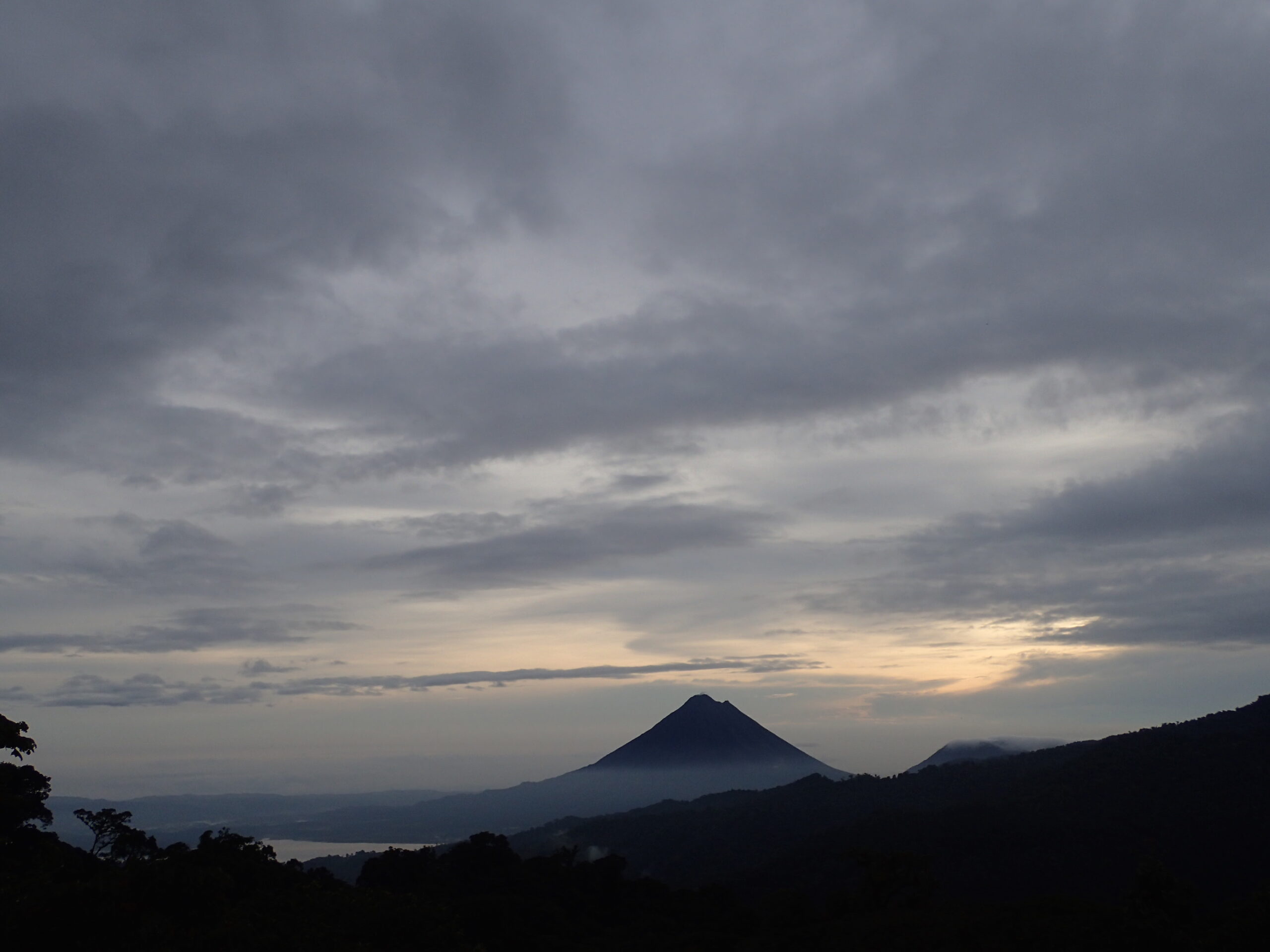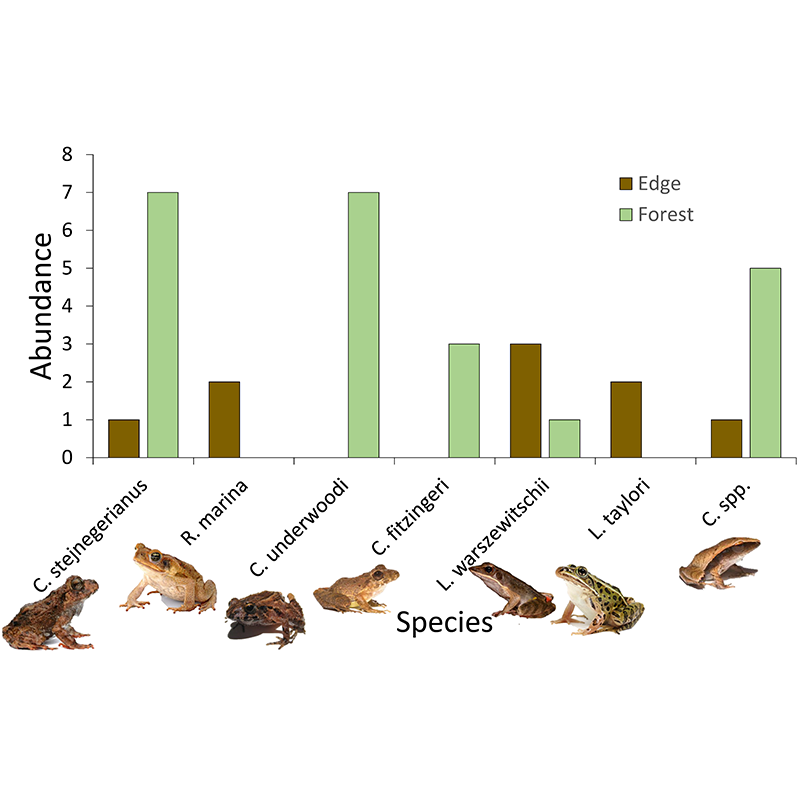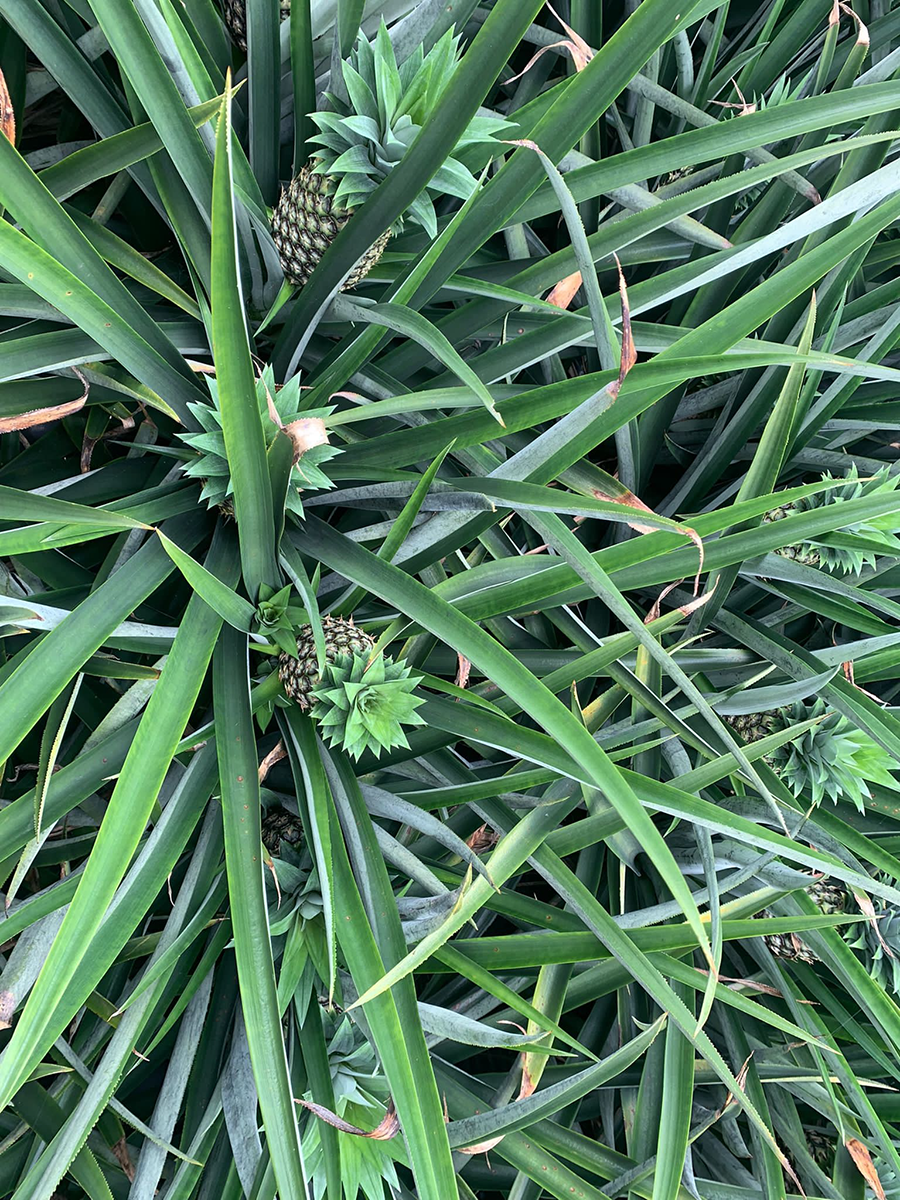Among the other places that we have traveled throughout our time abroad, La Ensenada did not disappoint. The educational experience was just as enticing as the breathtaking views that surrounded us.
When we first arrived, we stopped at a boat yard on the way to the farm where we would be staying. There we met the leaders of a co-operation made up of 45 individuals, 39 of them being women. The co-operation cleans and reforests mangrove areas that have been wiped out by human and natural influences. To this day they have planted close to 10,000 mangrove trees on the coast of La Ensenada. Healthy mangroves bring more than just a healthy ecosystem – they bring good mollusk harvests. The women in the co-operation had trained for eight months to get an official extraction license to work with other government organizations in collecting mollusks. This co-operation is the only organization that is currently legally allowed to harvest mollusks in Costa Rica.

The women guided us to four different stations of their co-operation: the mangrove forests, the shrimp farm, the tree nursery, and the cafeteria that had been recently built to bring in more funding. We were able to get hands-on and contribute to their cause. The women first brought us to their tree nursery, where they had a collection of small mangroves in plastic bags filled with mud and sand. Mangrove seeds are collected and typically spend three months in the tree nursery before being planted in a mangrove forest. We each grabbed a handful of bags, hopped on a boat, and made our way to the mangroves. With a shovel and our bare hands, we planted around 40 baby mangroves in their natural habitat.
Our next stop was the shrimp farm, where the women explained its detrimental effect on the environment and surrounding mangroves. Every three months, shrimp farms bring in larvae that they then harvest after an additional three months. Once harvested, the ponds are murdered by the addition of chlorine and calcium carbonate. These ponds are filled by the tides, so the inserted chemicals make their way into the ocean and mangrove areas. Mangroves are also threatened by shrimp farms when they are cut down for the dirt below them that is used for pond repair.
Our last stop brought us back to the cafeteria, where the women gave us a little history and some crazy good empanadas!


While we had a ton of free time to explore the diverse trails and scenery of La Ensenada, we partook in a second activity – a tractor ride! The tractor took us around the farm in what seemed like a safari style tour. The farm consisted of 400 hectares with about 212 cattle heads, 125 mango trees, and 300 hectares of pasture. The farm produces about 10000 bales of hay at the end of the rainy season, and 7000 bails at the end of the dry season. Along our tractor tour we saw a diversity of species and got some awesome photos! Halfway through the ride, we got off of the tractor to explore a salt farm. The farm’s peak salt production occurs during the dry season. The furthest end of the salt farm is where an oceanic canal brings in salt water to shallow man-made ponds. It takes about one month for water to move through each pond, becoming 10% more concentrated in salt with each move. The last pond is approximately 80% concentrated and is pumped into plastic beds where the water evaporates in about eight days. 100-pound bags of salt are then collected and used to feed the cows, for shipping fish, being sold to tilapia farms, and of course as iodized table salt.

In our free time to explore the farm, we came across everything from colorful crabs to jumping sting rays to vertebrate carcasses! La Ensenada was one for the books – the cherry on top was the never less than stupendous home-cooked meals throughout our stay at the farm.




